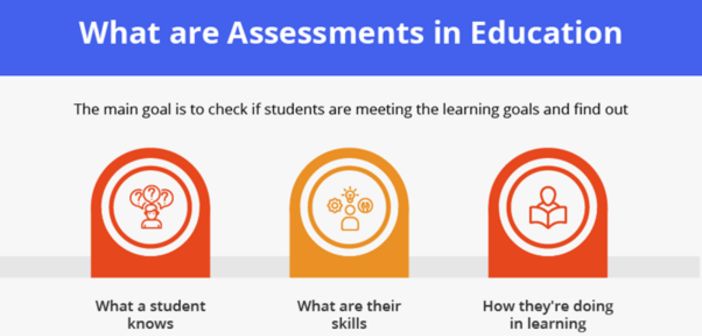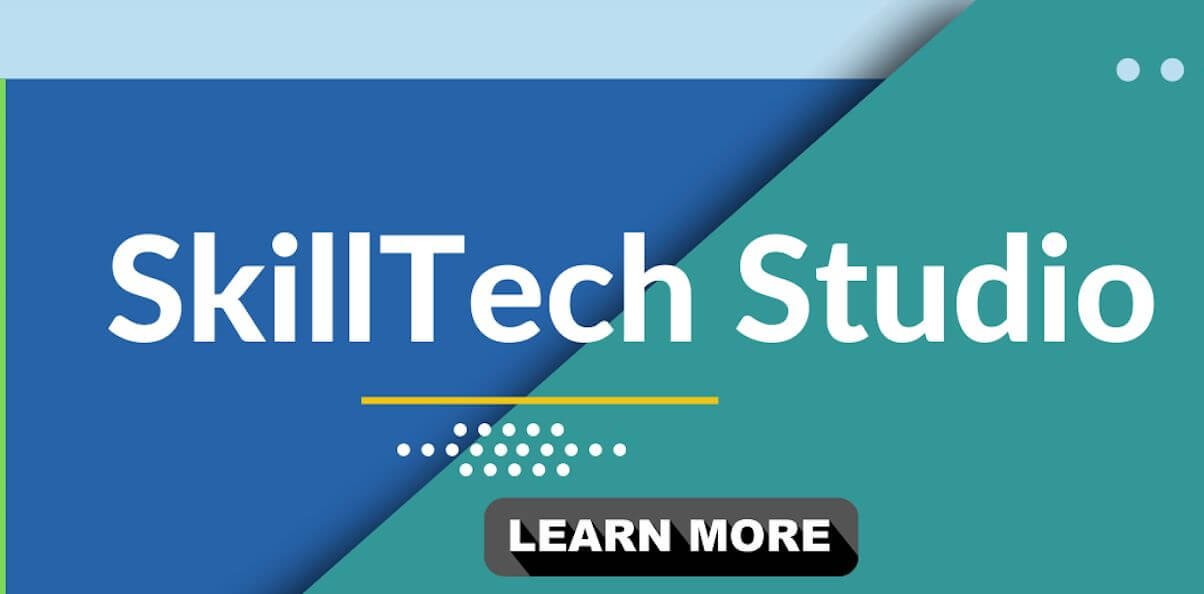Step into any classroom or training centre today, and you’ll notice that education isn’t just about books and written tests anymore. In skill-based learning, students aren’t sitting and cramming for exams. They’re building, fixing, creating, and figuring things out in real time. That’s how they learn.
But if we’re still assessing everyone with the same old written test, are we really capturing what they’ve learned?
Guest Author: Ms. Aanya Kapoor, is a content marketer with Extramarks. Along with her team, she develops content relevant to the 21st-century education ecosystems. Her content revolves around topics such as smart learning technology in education, modern parenting, as well as other education topics. Her writing combines her knowledge and personal interests, making her a valuable resource for those seeking insights into education and parenting. Beyond her professional expertise, she’s an avid reader, a globe-trotter who explores diverse cultures, and a passionate gardener.
In India’s growing world of skill training, it makes more sense to look at assessments differently. Not just checking answers, but seeing how someone thinks, works, and improves. That’s where the three types of assessment methods come in—assessment as learning, for learning, and of learning. Each one plays a role in helping students not just pass but grow. When we use all three, the focus shifts from just scoring marks to actually building real-world skills.
In this article, let’s explore what assessment as, for, and of learning mean, how they differ, and why they matter in today’s skill development landscape.

What is “Assessment For, As and Of Learning”?
- Assessment for learning (AfL) happens while the learning is still going on. Imagine a teacher walking around the class, observing students work on something challenging. Instead of waiting for the final test, the teacher provides real-time feedback, or asks guiding questions right then and there. The idea is to help students improve as they learn, not after everything is done.
- Assessment as learning (Aal) puts students in charge of their own progress. They pause to reflect, “How did I perform? What should I work on next?” They might use self-assessment tools like checklists, peer feedback, or reflection journals to track how far they’ve come. It builds self-awareness and helps them take ownership of their learning.
- Assessment of learning (AoL) is the final evaluation of what a learner has achieved. It’s what you see on a report card, a certification test, or a completed project. This is where teachers and sometimes others record how well students have met the goals and mastered their skills at that point. It’s the formal proof of learning.
Difference Between Assessment For, As and Of Learning
| Assessment | For Learning | As Learning | Of Learning |
| Who Takes Charge | Teacher leads, student participates | Learner leads, teacher coaches | Teacher and outside evaluators |
| Why | Guide progress, adapt instruction | Build self-monitoring, reflection, agency | Certify achievement, ensure accountability |
| How | Instant feedback, demos, Q&A | Self-assessment, peer review, journals | Exams, portfolios, project evaluation |
| When Used | Mid-lesson, during practice | Ongoing, after tasks | End of module, for credentials |
| Type | Formative | Formative | Summative |
| Emphasis | Actionable feedback, support, collaboration, and retries. | Collaboration, reflection, self-evaluation, and ownership. | Scoring, grades, ranking; standards-referenced judgments. |
Benefits of Assessment For, As and Of Learning
When combined, the three approaches transform assessment into a holistic cycle of learning. Let’s take a closer look at the benefits of each.
Benefits of Assessment for Learning
- Enhances Learning in Real Time: While practice is in progress, frequent check-ins help the teacher decide what to do next.
- Timely, Focused Feedback: Gaps can be filled more quickly with brief, precise, and improvement-focused notes.
- Early Support: Continuous data indicates who requires intervention at an earlier stage rather than weeks later.
- Classroom-friendly Procedures: Mini-demos, exit tickets, and quick probes are all easily incorporated into workshops and labs.
Benefits of Assessment as Learning
- Learner Ownership: Metacognition in action: students plan their next steps using criteria and reflection.
- Peer and Self-Evaluation: Simple checklists and exemplars help learners see quality and give constructive feedback.
- Workplace-ready Habits: Develops standards-focused thinking, safety awareness, and judgement that translates to actual tasks.
- Improved Self-control: Consistent self-evaluations make “what went well/what to change” a habit.
Benefits of Assessment of Learning
- Clear Reporting and Certification: Sums up what learners can do at key checkpoints for progression or credentials.
- Standards-referenced Judgments: Results are made against published outcomes and criteria, not vague impressions.
- Comparability and Moderation: Supports consistency across classes/programs and meets external requirements.
- Useful “feed-forward” Signals: End-of-unit results can still inform the next unit’s focus.
Why Using All Three Types of Assessment Works Best
When teachers use Assessment As, For, and Of Learning together, it shifts the way students engage with their learning. Students don’t just wait to be tested at the end—they start thinking about how they’re learning, where they’re stuck, and what they need to work on.
This kind of approach fits well with what’s happening in India today. As jobs change and new skills become more important, students need more than just subject knowledge. They need to know how to track their own progress, adjust their approach, and keep learning on their own.
Integrating all three modes together helps build those habits early. It gives students chances to reflect, adapt, and grow in ways that go beyond the textbook or exam paper.
















